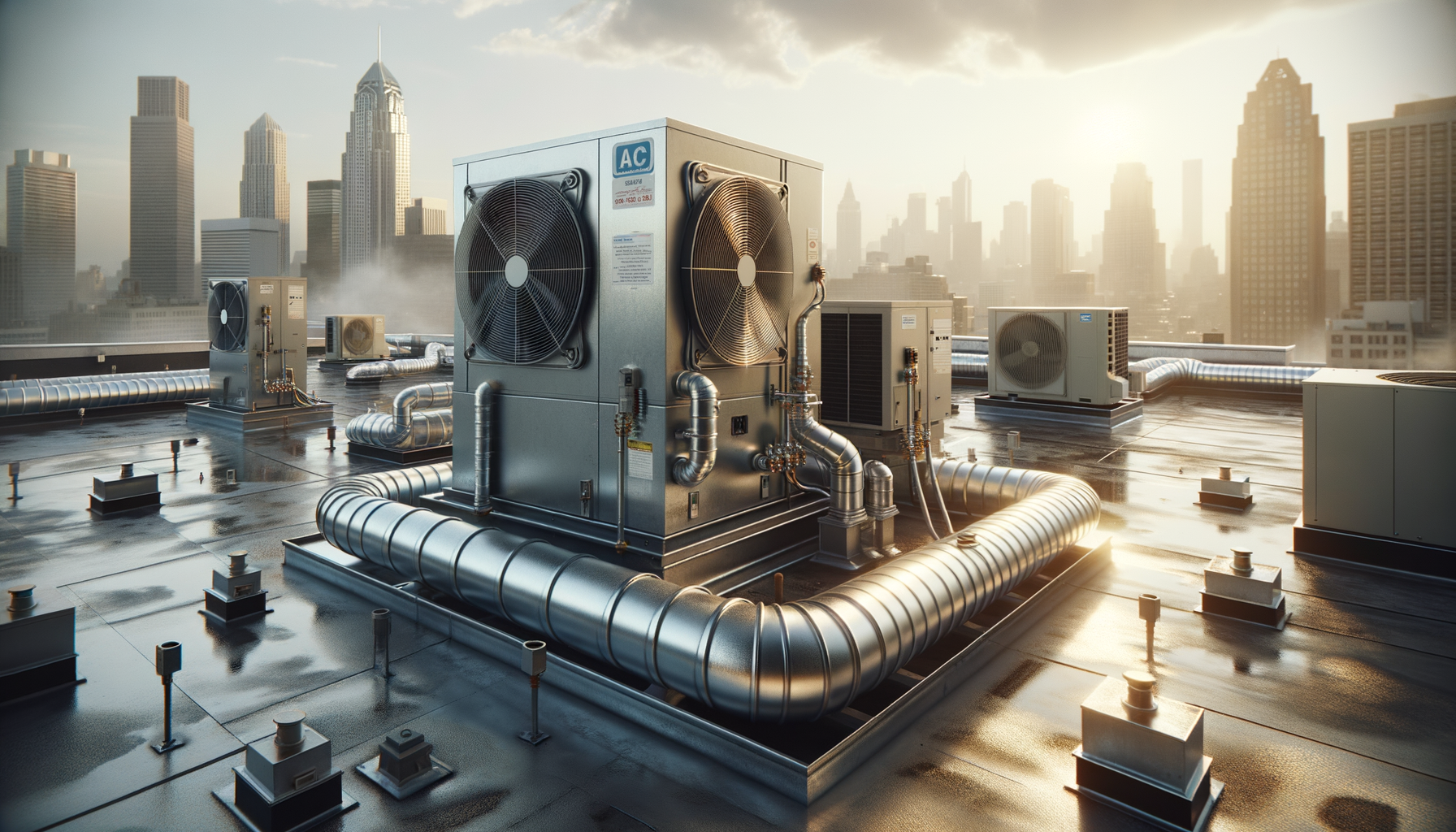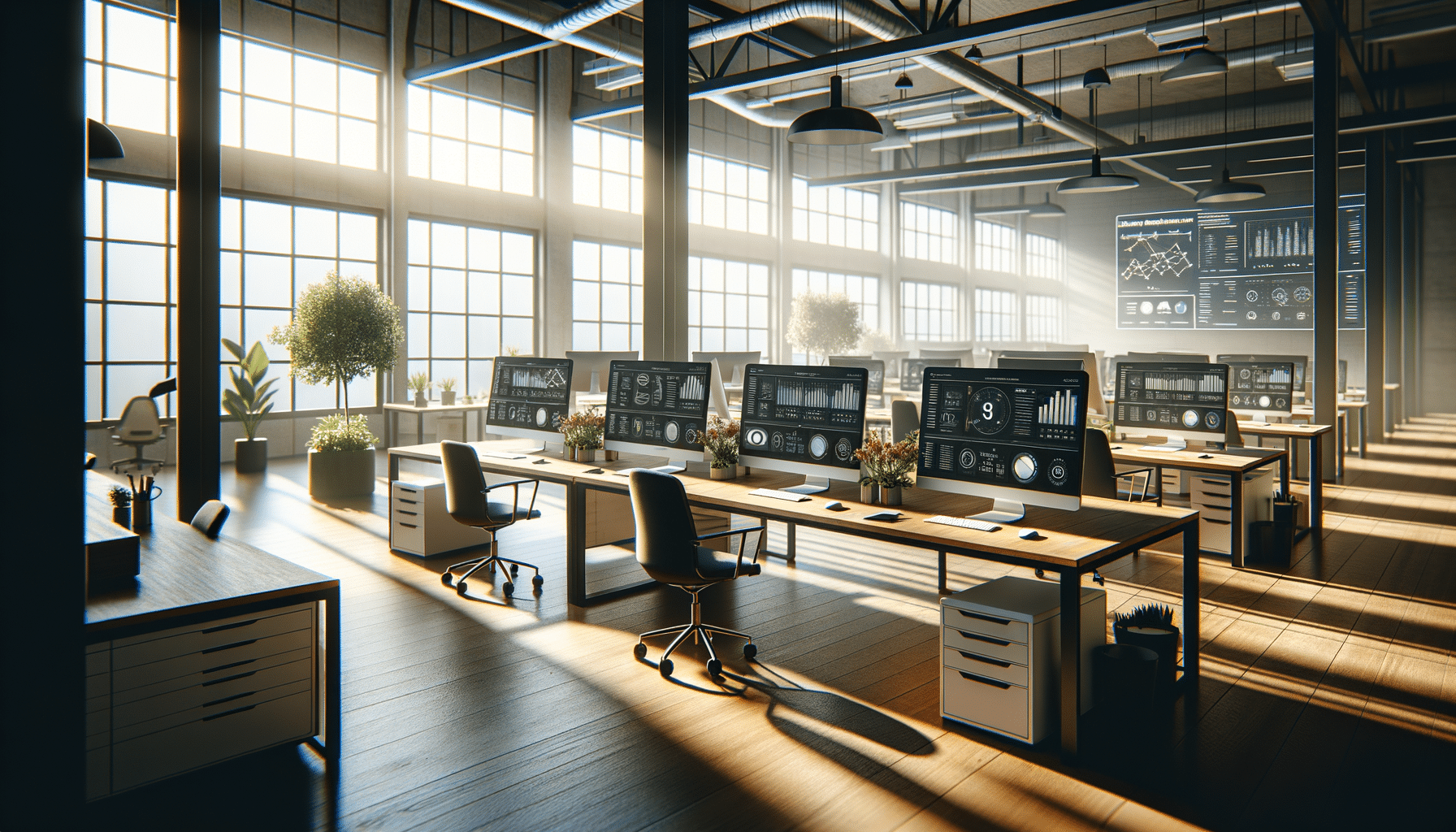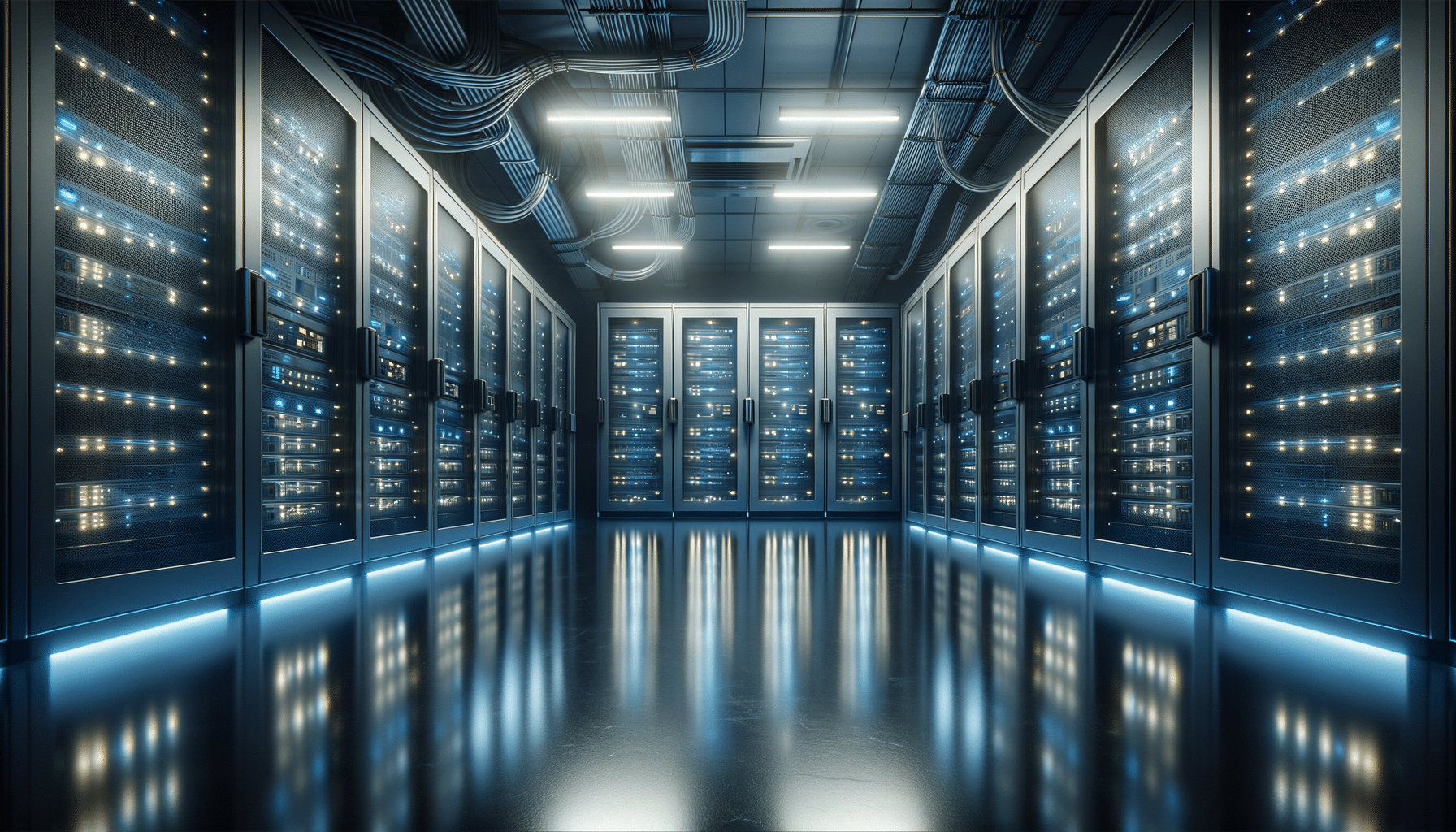
Explore More About Commercial Air Conditioner Service
Understanding Commercial HVAC Systems
Commercial HVAC systems play a crucial role in maintaining the comfort and functionality of various business environments. These systems are designed to regulate temperature, humidity, and air quality in large spaces such as office buildings, shopping centers, and industrial facilities. Unlike residential HVAC systems, commercial units are built to handle the demands of larger areas and more complex ductwork. They are equipped with advanced technologies to ensure energy efficiency and optimal performance.
One of the key components of a commercial HVAC system is its ability to provide flexible zoning. This means different areas within a building can be heated or cooled to different temperatures, enhancing comfort and reducing energy consumption. Moreover, commercial systems often integrate with building management systems (BMS) for easier control and monitoring. This integration allows facility managers to adjust settings remotely and receive alerts if any issues arise.
The efficiency of a commercial HVAC system is measured by its Seasonal Energy Efficiency Ratio (SEER) and Energy Efficiency Ratio (EER). These ratings indicate how effectively the system converts energy into heating or cooling. High-efficiency systems not only reduce operational costs but also contribute to a greener environment by minimizing carbon footprints.
The Importance of Regular Maintenance
Regular maintenance is vital to ensure the longevity and efficiency of commercial HVAC systems. Scheduled check-ups help in identifying potential issues before they escalate into major problems. This proactive approach can save businesses from unexpected breakdowns and costly repairs.
Maintenance tasks typically include cleaning or replacing filters, inspecting ductwork for leaks, checking refrigerant levels, and ensuring all electrical connections are secure. These routine checks help in maintaining optimal airflow and energy efficiency. Additionally, regular servicing can extend the lifespan of the equipment, providing a better return on investment for businesses.
Another critical aspect of maintenance is the calibration of thermostats and sensors. Proper calibration ensures accurate temperature readings and efficient system operation. This not only enhances comfort but also prevents unnecessary energy expenditure. By keeping the system in peak condition, businesses can avoid the financial and operational impacts of HVAC failures.
Choosing the Right Commercial HVAC System
Selecting the appropriate HVAC system for a commercial space involves several considerations. The size and layout of the building, the number of occupants, and the specific heating and cooling needs all play a role in determining the right system. It’s essential to conduct a thorough analysis of these factors to ensure the chosen system can meet the demands efficiently.
One of the top options for commercial settings is the variable refrigerant flow (VRF) system. VRF systems are known for their energy efficiency and flexibility, making them suitable for buildings with varying heating and cooling needs. They allow for simultaneous heating and cooling in different zones, optimizing comfort for all occupants.
Another well-regarded choice is the rooftop unit (RTU), which is commonly used in commercial applications due to its ease of installation and maintenance. RTUs are designed to handle large capacities and can be customized to fit specific building requirements. When selecting a system, it’s crucial to work with qualified HVAC professionals who can provide expert guidance and ensure the installation meets all regulatory standards.
Innovations in Commercial HVAC Technology
The commercial HVAC industry is continually evolving with new technologies aimed at improving efficiency and sustainability. One such innovation is the use of smart thermostats and sensors, which allow for precise control over heating and cooling systems. These devices can learn usage patterns and adjust settings automatically, leading to significant energy savings.
Another advancement is the integration of renewable energy sources, such as solar panels, with HVAC systems. This integration not only reduces reliance on traditional energy sources but also lowers operational costs. Moreover, the use of advanced filtration systems has become increasingly popular, particularly in environments where air quality is a top priority.
Additionally, the adoption of predictive maintenance technology is transforming the way HVAC systems are serviced. By utilizing data analytics and machine learning, these systems can predict potential failures and maintenance needs before they occur. This proactive approach minimizes downtime and enhances system reliability.
The Role of HVAC Professionals
HVAC professionals are essential partners in ensuring the efficient operation of commercial HVAC systems. Their expertise in installation, maintenance, and repair is crucial for optimizing performance and prolonging the life of the equipment. These professionals conduct thorough assessments to determine the most suitable systems for specific environments and oversee the installation process to ensure compliance with industry standards.
In addition to their technical skills, HVAC professionals offer valuable insights into energy-saving strategies. They can recommend upgrades or modifications that enhance system efficiency and reduce energy consumption. By staying current with industry trends and technologies, these experts are able to provide cutting-edge solutions that align with business goals.
Furthermore, HVAC professionals play a vital role in emergency situations. Their ability to quickly diagnose and resolve issues minimizes downtime and prevents disruptions to business operations. For companies, having a reliable HVAC partner means peace of mind, knowing that their systems are in capable hands.


